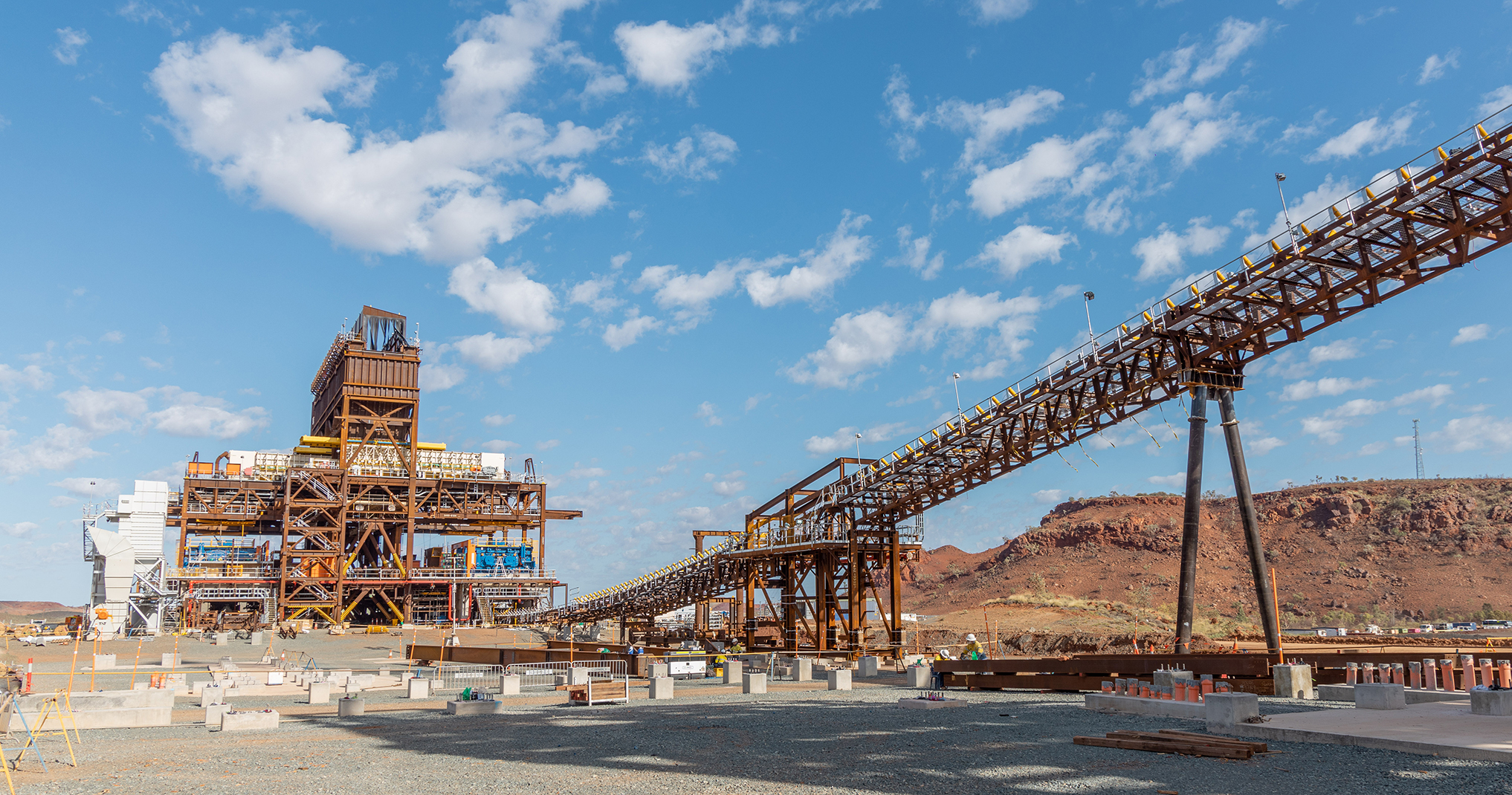
ABB has long been a global leader in the power and automation industries, with a significant impact across multiple sectors. In Canada, the company’s commitment to advancing rail technology has been instrumental in driving modernization, operational efficiency, and sustainability. As Canada’s rail sector strives to meet growing demands for greener, more efficient, and more reliable transportation, ABB's innovative technologies and project involvement have positioned it at the forefront of this transformation. From electrification of rail systems to digital asset management, ABB’s contributions are helping Canada move towards a sustainable future.
Electrification: A Key Driver of Sustainable Rail
Canada's national push towards reducing carbon emissions is intensifying, and the rail industry plays a crucial role in this effort. Rail transport is already among the most energy-efficient means of transportation, but the move toward full electrification offers even greater potential to reduce greenhouse gas (GHG) emissions.
ABB has been a central figure in driving electrification projects across Canadian rail networks, focusing on both urban transit systems and long-haul freight. The Toronto Transit Commission (TTC) is one prime example where ABB’s electrification technology helped modernize the subway system, providing key power infrastructure that has enhanced efficiency, reduced operational costs, and improved reliability. ABB’s propulsion and energy storage systems, including regenerative braking technology, have allowed these networks to recover energy during braking, further reducing energy consumption and operational expenses.
These electrification efforts align with Canada's broader climate goals by minimizing reliance on diesel-powered trains, significantly cutting carbon emissions while making urban and freight transport more efficient.
The REM Project: A Milestone in Sustainable Infrastructure
ABB’s involvement in the Réseau express métropolitain (REM) project in Montreal demonstrates its forward-thinking approach to infrastructure and sustainability. The REM, Canada's largest public transit project in over 50 years, is a fully automated and electric light rail transit network. Expected to serve 170,000 daily passengers, the REM will connect Montreal's downtown core to the airport and surrounding metropolitan areas, providing a sustainable alternative to car traffic and significantly reducing GHG emissions.
As part of this project, ABB’s T&B Cable Tray Systems®, Superstrut® metal framing, and Star Teck® fittings were instrumental in building the electrical infrastructure for the REM’s South Shore branch over the Samuel-De Champlain Bridge. The electrical systems not only power the light rail network but also facilitate the integration of smart energy management systems that ensure efficient, safe, and reliable operations.
One of the most significant achievements in the REM project is its contribution to sustainability. The fully automated and electric REM network is expected to reduce GHG emissions by 100,000 tonnes per year. This milestone reinforces Canada’s ambition to embrace green transport solutions and offers a replicable model for future projects across the country and beyond.
Engineering Ingenuity: ABB’s Custom Expansion Joint Solution
A critical challenge in the REM project, specifically on the Samuel-De Champlain Bridge section, was the extreme climate variability in Montreal, with temperatures ranging from +30°C to -30°C. These fluctuations required a robust electrical system capable of withstanding significant expansion and contraction to maintain safety and efficiency. ABB’s local Installation Products team rose to this challenge by developing a custom expansion joint system for the cable trays that carry power along the bridge.
Typically, cable trays are not used in such climate-sensitive infrastructure projects, but ABB's solution provided significant advantages. The custom expansion joint system allowed for between 24 and 27 inches of movement to accommodate the bridge's expansion and contraction, far exceeding the one inch of play provided by standard systems. This innovative solution not only protected the electrical cables but also simplified inspection and maintenance, as the cables remained visible and accessible.
The development and implementation of the custom expansion joint system within an accelerated seven-month timeframe highlights ABB’s engineering expertise and ability to deliver tailor-made solutions for complex projects. The success of this system has paved the way for its use in other sections of the REM network, demonstrating ABB’s ongoing commitment to driving innovation in Canada’s rail infrastructure.
ABB’s Digitalization: Maximizing Efficiency with ABB Ability™
In addition to electrification and infrastructure solutions, ABB has been a key player in the digital transformation of Canada’s rail industry. One of the most significant innovations ABB has introduced is its ABB Ability™ Rail Asset Management platform, which uses IoT and advanced analytics to monitor the health of key rail components in real time.
his digital platform allows rail operators to transition from reactive to predictive maintenance. Instead of following rigid schedules, operators can now use real-time data to assess the condition of equipment, predict when it will need maintenance, and address issues before they result in system failures or downtime. This not only enhances safety but also reduces operational costs.
For instance, the Toronto Transit Commission (TTC) has leveraged ABB’s digital tools to optimize its subway operations, improving reliability and reducing costly breakdowns. Similarly, freight operators like Canadian National Railway (CN) have benefitted from ABB’s digital innovations, using real-time data to optimize fuel consumption and reduce emissions in their long-haul rail operations.
The Future of Rail: Electrification and Beyond
ABB’s contribution to Canada’s rail sector goes beyond current projects. With its continued investment in research and development, the company is positioned to shape the future of rail transport in Canada. Electrification remains a cornerstone of ABB’s strategy, but the company is also heavily focused on expanding its digital capabilities and pushing the boundaries of rail technology.
The success of the REM project and ABB's expansion joint system, for example, signals the increasing viability of sustainable, fully electric rail solutions for major infrastructure projects. ABB’s technological innovations in cable management, electrical systems, and digital platforms are laying the groundwork for future developments such as high-speed rail systems that could transform passenger and freight transportation across the country.
Conclusion: A Lasting Legacy of Innovation
ABB’s role in the evolution of Canada’s rail industry cannot be overstated. From urban transit electrification projects like the TTC, to the groundbreaking REM project and its state-of-the-art custom expansion joint system, ABB has consistently delivered innovative solutions that meet the challenges of modern rail infrastructure.
By focusing on sustainability, digitalization, and engineering ingenuity, ABB is helping Canada build a rail network that is not only more efficient and reliable but also significantly greener. As the country continues to invest in rail infrastructure, ABB’s contributions will remain a critical driving force in shaping the future of rail transport, ensuring a sustainable, connected, and efficient system for generations to come.













